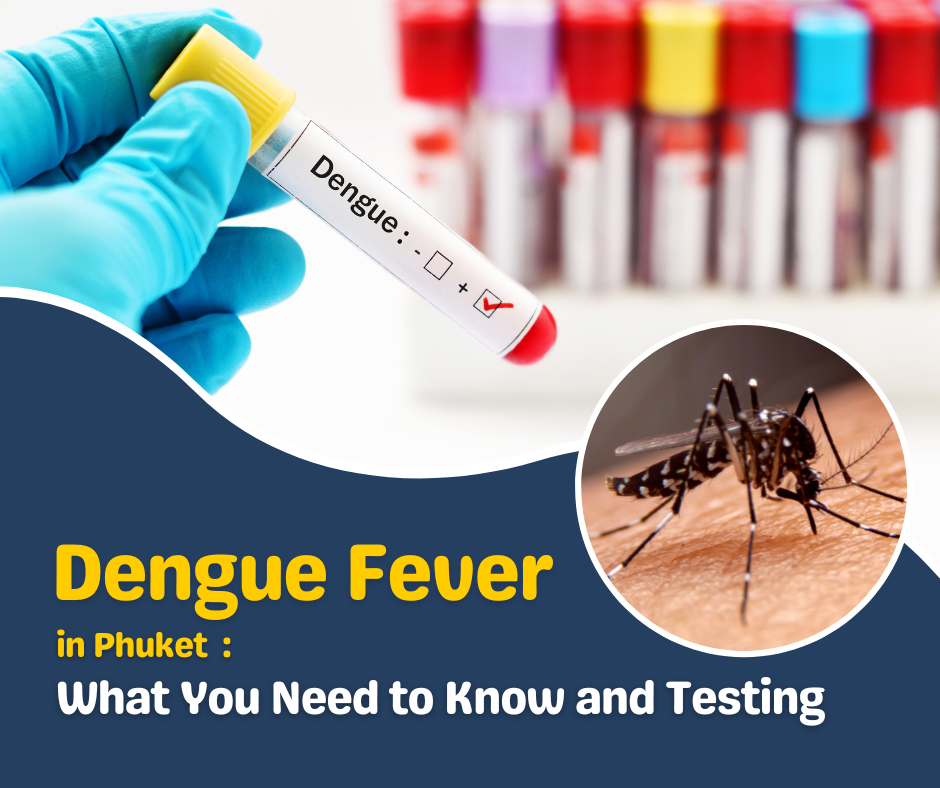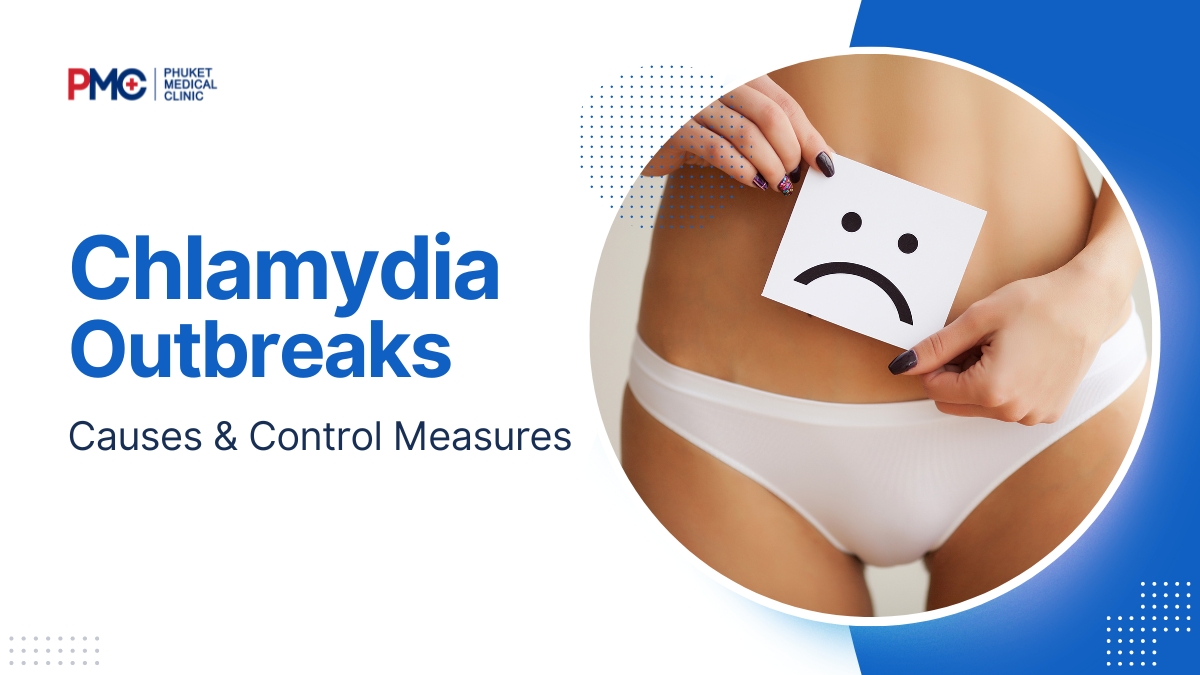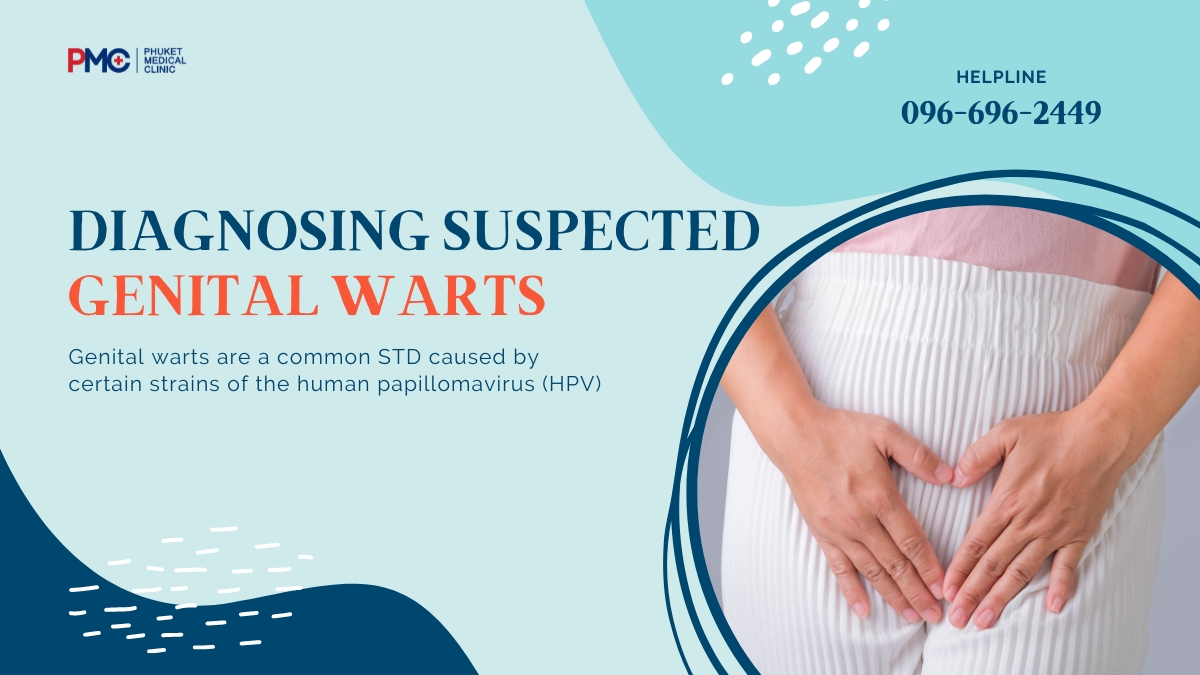Dengue fever is a mosquito-borne viral infection that causes severe flu-like symptoms, including high fever, severe headaches, pain behind the eyes, joint and muscle pain, rash, and mild bleeding (like nose bleed or gum bleed). In rare cases, it can develop into severe dengue, which can be fatal.
Chlamydia Outbreaks: Causes and Control Measures
Chlamydia is a common sexually transmitted infection (STI) caused by the bacterium Chlamydia trachomatis. It is one of the most prevalent STIs globally, affecting millions of people each year. Chlamydia is primarily transmitted through unprotected sexual activity, including vaginal, anal, or oral sex. What makes this sexually transmitted disease particularly concerning is its asymptomatic nature, as many infected individuals may not experience any noticeable symptoms. However, even without symptoms, Chlamydia can still cause severe health complications if left untreated, such as pelvic inflammatory disease (PID), infertility, and increased susceptibility to other STIs. Understanding the causes and control measures for Chlamydia outbreaks is crucial to prevent its spread, protect individual health, and promote overall sexual well-being.
Understanding Chlamydia Outbreaks
Chlamydia is a common sexually transmitted infection (STI) caused by the bacterium Chlamydia trachomatis. It can infect both men and women and is typically transmitted through vaginal, anal, or oral sex with an infected individual. This sexually transmitted disease can also be passed from an infected mother to her baby during childbirth.
When it comes to understanding chlamydia outbreaks, several factors need to be considered:
- Risk factors: Certain behaviors and demographics can increase the risk of chlamydia outbreaks. Factors such as unprotected sex, multiple sexual partners, young age (15-24 years), and engaging in high-risk sexual behaviors can contribute to the spread of the infection.
- Asymptomatic nature: This sexually transmitted disease is often referred to as a “silent” infection because it frequently does not cause noticeable symptoms, especially in women. This means that infected individuals may unknowingly transmit the infection to others, leading to an increased risk of outbreaks.
- Screening and testing: Routine screening and testing for chlamydia can help identify infected individuals who may not show symptoms. Widespread screening programs, especially among high-risk populations, can play a crucial role in detecting and treating chlamydia infections, thereby reducing the likelihood of outbreaks.
- Treatment and partner notification: Prompt treatment of chlamydia infections is essential in preventing complications and further transmission. Infected individuals should receive antibiotics to clear the infection. Additionally, notifying and treating sexual partners of infected individuals is vital to prevent reinfection and break the cycle of transmission.
- Public health interventions: Public health organizations and healthcare providers play a vital role in raising awareness about chlamydia, promoting safe sexual practices, and providing accessible testing and treatment services. Educational campaigns, community outreach, and the availability of free or low-cost healthcare services can help control chlamydia outbreaks.

Causes of Chlamydia Outbreaks
Chlamydia outbreaks can be caused by a combination of factors related to the bacterium itself, individual behavior, and societal factors. Here are some key causes that contribute to chlamydia outbreaks:
Sexual Behavior
Chlamydia is primarily transmitted through sexual contact, so behaviors that increase the risk of exposure to infected individuals can lead to outbreaks. These behaviors include having unprotected sex (without using condoms or dental dams), having multiple sexual partners, and engaging in high-risk sexual activities.
Lack of Awareness and Chlamydia Education
Limited knowledge about chlamydia, its symptoms, and modes of transmission can contribute to the spread of the infection. When individuals are not aware of the risks or do not have access to accurate information, they may engage in behaviors that increase their vulnerability to chlamydia and contribute to outbreaks.
Asymptomatic Infections
Chlamydia is often asymptomatic, especially in women. Infected individuals who do not experience noticeable symptoms are less likely to seek testing and treatment, leading to ongoing transmission. As a result, outbreaks can occur as the infection spreads unknowingly.
Inadequate Screening and Testing
Limited access to routine screening and testing services for chlamydia can hinder early detection and treatment. Without regular screening programs in place, infected individuals may go undiagnosed, allowing the infection to spread further and contribute to outbreaks.
Delayed or Inadequate Treatment
Timely treatment with antibiotics is essential to control chlamydia infections and prevent their transmission. However, delayed or inadequate treatment can result from various factors, such as limited healthcare access, lack of awareness about available treatment options, or failure to complete the prescribed course of antibiotics. These factors can contribute to the persistence of chlamydia infections and facilitate outbreaks.
Population Dynamics
Certain populations, such as adolescents and young adults, have higher rates of chlamydia infection. Factors such as increased sexual activity, higher rates of partner change, and lower utilization of preventive measures can make these populations more vulnerable to outbreaks.
Socioeconomic Factors
Socioeconomic factors, including poverty, limited access to healthcare, and lack of health insurance, can impact the incidence and spread of chlamydia. Individuals facing socioeconomic challenges may have limited resources to seek healthcare services, including testing and treatment for chlamydia, which can contribute to the persistence of infections and outbreaks.

Symptoms of Chlamydia
Chlamydia is known as a “silent” infection because it often doesn’t cause noticeable symptoms, especially in women. However, when symptoms do occur, they typically manifest within one to three weeks after exposure to the infection. It’s important to note that even in the absence of symptoms, chlamydia can still cause complications if left untreated. Here are some common symptoms of chlamydia:
- Men:
- Penile discharge, a cloudy or clear discharge may be present from the tip of the penis.
- Painful or burning sensation during urination.
- Testicular pain or swelling (less common).
- Women:
- Abnormal vaginal discharge, an unusual discharge that may have a strong odor or appear watery, milky or yellowish.
- Painful or burning sensation during urination.
- Lower abdominal pain or pelvic pain.
- Painful sexual intercourse.
- Bleeding between periods or after sexual intercourse (less common).
It’s worth noting that the majority of women with chlamydia do not experience any symptoms. If left untreated, chlamydia can lead to serious complications such as pelvic inflammatory disease (PID), which can cause chronic pelvic pain, infertility, or an increased risk of ectopic pregnancy.
- Men and Women:
- Rectal Symptoms: Chlamydia can infect the rectum in individuals who engage in receptive anal intercourse. This can cause rectal pain, discharge, or bleeding.
- Throat Symptoms: Chlamydia can also infect the throat through oral sex, although throat infections are typically asymptomatic.
Prevention and Control Measures
Chlamydia is a common sexually transmitted infection (STI) caused by the bacterium Chlamydia trachomatis. To prevent and control the spread of this sexually transmitted disease, a combination of public health measures and individual actions are essential. Here are some key prevention and control measures:
- Safe Sex Practices: Practicing safe sex is crucial in preventing this sexually transmitted disease transmission. This includes using condoms or dental dams correctly and consistently during sexual intercourse, especially with new or multiple partners.
- Regular Testing: Regular testing for chlamydia is important, especially for sexually active individuals and those who have new or multiple sexual partners. Early detection can lead to timely treatment and reduce the risk of further transmission.
- Partner Notification and Testing: If someone tests positive for this sexually transmitted disease, it’s essential to notify their sexual partners so that they can also get tested and, if necessary, receive treatment. This helps prevent further spread of the infection.
- Education and Awareness: Raising awareness about this sexually transmitted disease and other STIs is essential to help people understand the risks and take preventive measures. Educational campaigns can target schools, colleges, healthcare settings, and community organizations.
- Screening Programs: Implementing screening programs in high-risk populations, such as sexually active young adults, can help identify cases of this sexually transmitted disease early on and provide timely treatment.
Preventive and Regulatory Actions
- Healthcare Provider Training: Healthcare providers should receive training to properly diagnose and treat STD infections. They should also be well-informed about prevention strategies and the importance of counseling patients on safe sex practices.
- Vaccination (potential future measure): Research is ongoing for developing a STD vaccine, which, if successful, could be an effective tool in preventing new infections.
- Sexual Health Clinics: Establishing and promoting sexual health clinics like Phuket Medical Clinic that offer confidential testing and treatment for STIs, including chlamydia, can encourage individuals to seek care when needed.
- Contact Tracing: Contact tracing involves identifying and notifying individuals who may have been exposed to this sexually transmitted disease. This helps in breaking the chain of transmission and preventing further spread.
- Pre-Exposure Prophylaxis (PrEP): For individuals at high risk of STD, PrEP may be considered in certain cases. However, it is essential to remember that PrEP does not protect against other STIs, so safe sex practices should still be followed.

Prevention and control measures play a vital role in reducing Chlamydia outbreaks. By promoting safe sex practices, regular testing, partner notification, and education, we can minimize transmission risks. Implementing screening programs and training healthcare providers ensures early detection and proper treatment. Vaccination development could be a potential future aid. Contact tracing and sexual health clinics aid in curbing the spread. Emphasizing these measures enhances public awareness and responsible sexual behavior. Proactive efforts are crucial since this sexually transmitted disease can be asymptomatic. By focusing on prevention. We can effectively reduce the prevalence of STD, protect individuals’ health, and alleviate the burden on healthcare systems. Collective action is essential to safeguarding overall community well-being.
Complications of Hepatitis B
Hepatitis B is a viral infection that primarily affects the liver. It is caused by the hepatitis B virus (HBV) and is transmitted through contact with infected blood or bodily fluids. The virus can be contracted through unprotected sex, sharing contaminated needles, or from an infected mother to her baby during childbirth. Hepatitis B can lead to acute or chronic liver disease, with symptoms ranging from mild to severe. Acute hepatitis B infection may cause flu-like symptoms, jaundice, and fatigue, while chronic infection can result in long-term liver damage, cirrhosis, and an increased risk of liver cancer. Vaccination is available to prevent hepatitis B, and antiviral medications can help manage chronic infections. Regular testing and early intervention are crucial for effective management of the disease.
Diagnosing Suspected Genital Warts
Genital warts are a common sexually transmitted infection caused by certain strains of the human papillomavirus (HPV). These small, flesh-colored or grayish growths appear on the genital area and can cause discomfort, itching, and pain. Genital warts are highly contagious and can be transmitted through sexual contact. Early detection and treatment are crucial for managing the infection and reducing the risk of transmission. In some cases, genital warts may resolve on their own, but medical intervention is often required. Effective prevention methods, such as vaccination and practicing safe sex, can significantly reduce the risk of contracting genital warts. Regular screenings and open communication with healthcare professionals are essential for timely diagnosis and appropriate management.
How to Handle Suspecting a STD?
Early detection STD and treatment are paramount in improving health outcomes and saving lives. Detecting medical conditions at an early stage allows for timely intervention, preventing the progression of diseases and minimizing potential complications. This approach significantly increases the effectiveness of treatments, reducing the need for more invasive and costly procedures later on. Additionally, early detection often provides a broader range of treatment options, enhancing the likelihood of successful outcomes. Prioritizing early detection empowers individuals to take proactive control of their health, promoting a healthier population overall and easing the burden on healthcare systems. Ultimately, it underscores the fundamental principle that prevention is better than cure.
How to Identify Individuals at Risk of HIV Infection
Identifying individuals at risk of HIV infection plays a vital role in combating the spread of the virus and ensuring effective prevention strategies. HIV, or Human Immunodeficiency Virus, is a global public health concern that affects millions of people worldwide. By understanding the key indicators and behaviors associated with higher risk, healthcare professionals, policymakers, and communities can target interventions and allocate resources where they are most needed. Early identification allows for timely education, testing, and counseling, empowering individuals to make informed decisions about their sexual health and adopt preventive measures. Moreover, identifying populations at higher risk helps tailor outreach efforts, implement targeted prevention strategies, and reduce the overall burden of HIV. In this article, we will delve into the various risk factors, key populations, and behavioral indicators that can help identify those at risk of HIV infection, ultimately working towards a world free of HIV/AIDS.
How do you treat a Genital Abscess ?
A genital abscess refers to a localized collection of pus in the genital area, typically resulting from an infection. It can occur in both males and females and may affect various structures such as the vagina, vulva, penis, scrotum, or perineum. Genital abscesses are commonly caused by bacterial infections, often arising from sexually transmitted infections (STIs) like gonorrhea, chlamydia, or syphilis. Other factors that can contribute to the development of genital abscesses include poor hygiene, compromised immune system, injury or trauma to the genital region, blocked sweat glands, or the presence of foreign objects. Symptoms may include pain, swelling, redness, tenderness, discharge, and fever. Prompt medical attention is necessary for diagnosis, treatment, and prevention of complications.
What is Chlamydia & Gonorrhea?
Chlamydia and gonorrhea are two common sexually transmitted infections (STIs) that affect millions of people worldwide. Chlamydia is caused by the bacterium Chlamydia trachomatis, while gonorrhea is caused by the bacterium Neisseria gonorrhoeae. Both infections can be transmitted through vaginal, anal, or oral sex, as well as from an infected mother to her newborn during childbirth. Chlamydia and gonorrhea often show no symptoms or present mild symptoms, which can lead to delayed diagnosis and increased risk of complications. If left untreated, these infections can result in serious health problems, such as pelvic inflammatory disease, infertility, and increased susceptibility to HIV infection. Diagnosis is usually done through laboratory tests, and both infections can be treated with antibiotics. Preventive measures, such as practicing safe sex and regular testing, are crucial in controlling the spread of these STIs.
Symptoms of HPV in Men and Women
Human papillomavirus (HPV) is a highly prevalent sexually transmitted infection affecting both men and women. It is one of the most common viral infections globally. HPV infections are primarily transmitted through sexual contact, including vaginal, anal, and oral sex. The prevalence of HPV varies across different populations and age groups. In many cases, the infection resolves on its own without causing any symptoms or complications. However, persistent HPV infections can lead to various health issues, including genital warts and certain types of cancers, such as cervical, anal, and oropharyngeal cancer. Vaccination against HPV has been proven to be effective in reducing the incidence of HPV-related diseases, highlighting the importance of prevention and early detection. Regular screenings and safe sexual practices are crucial in managing the prevalence of HPV in both men and women.
Quality Improvement in Phuket Medical Clinic
Phuket Medical Clinic is dedicated to elevating healthcare services, placing the utmost importance on patient satisfaction and well-being. With a focus on continuous quality improvement, the clinic aims to provide exceptional medical care in the stunning destination of Phuket, Thailand. By embracing innovative approaches, integrating advanced technology, and investing in staff training and development, Phuket Medical Clinic ensures personalized care and attention for each patient. The clinic actively seeks patient feedback, streamlines processes through electronic health records, and utilizes cutting-edge imaging technology for accurate diagnoses. With collaborations with international experts and a steadfast commitment to safety and hygiene, Phuket Medical Clinic strives to deliver world-class healthcare services that meet and exceed industry standards.










